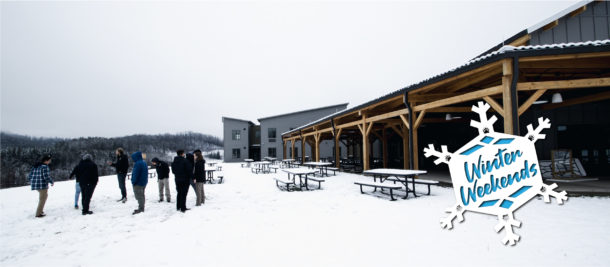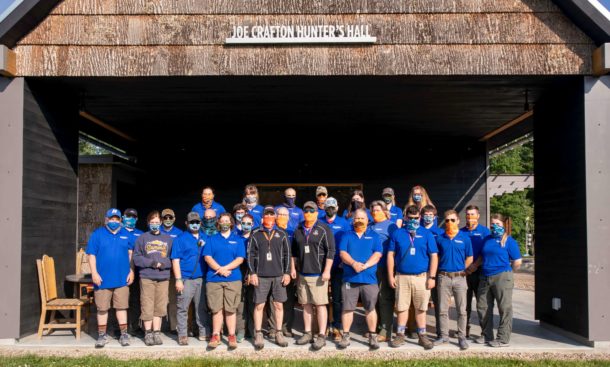Sustainability is going to be a big part of the experience at the 2013 jamboree. It’s even going to have its own exhibit and activity center.
How can you learn about what sustainability means and take those lessons home to your Scouting unit and your community?
Here are six examples of sustainable design you’ll see at the Summit:
- Nature preserve — A full 10 percent of the Summit property (over a thousand acres) has been dedicated as a conservation easement, helping protect the headwaters of the New River Gorge National River.
- Sustainable forest management — By using best practices to care for the forest at the Summit, you’ll help preserve wildlife habitat and recreation space, and even sequester carbon from the atmosphere.
- Locally harvested wood — Did you know that the shower houses and other structures at the Summit were built with wood harvested right on site? This reduces the impact of trucks that would have had to haul timber from elsewhere and stimulates the local economy. (Watch the video!)
- Forget plastic bottles — There won’t be any sold at the jamboree. Hydration stations strategically placed throughout the Summit will encourage filling reusable containers, such as stainless steel water bottles, hydration backpacks, and canteens.
- Low-flow fixtures — Super-smart use of pressure and aeration means that shower heads and faucets will use half the amount of water used by normal fixtures. (Watch the video!)
- Composting toilets — These fixtures use zero water. Not only that, but by dehydrating and composting waste, we can create fertilizer for nutrient-rich soil.
Are any of these sustainability practices in action where you live? Let us know in the comments!



